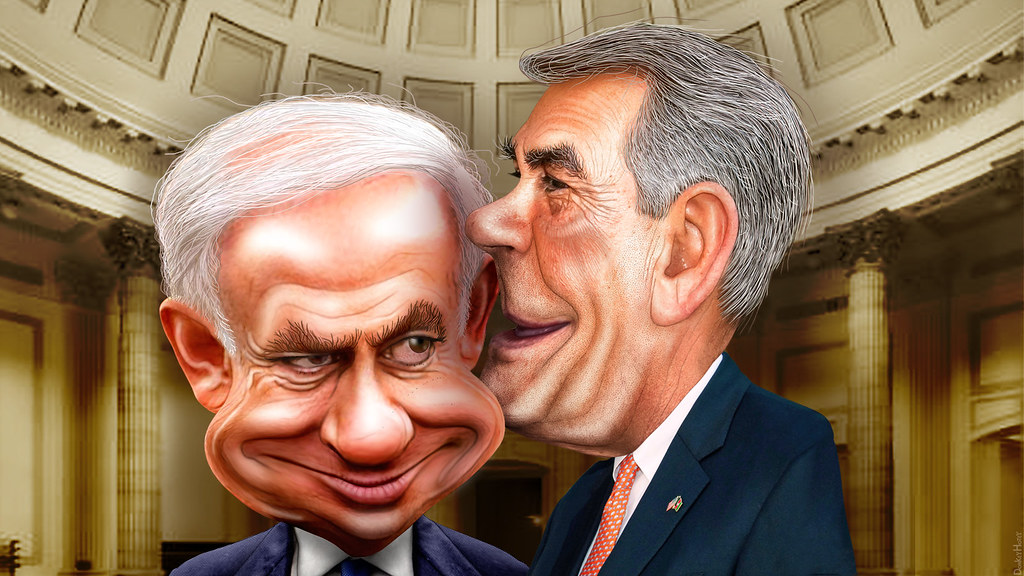Navigating the Current Landscape of U.S. Politics: Key Trends and Recent Developments
Introduction
The American political landscape is marked by a rich tapestry of events, ideologies, and movements. From electoral disputes to legislative battles, the current political climate reflects a nation grappling with its identity and future. As we step into the unfolding chapters of 2023, several key themes emerge that deserve examination. This article dissects major political trends, significant legislative actions, and the implications for American society.
The 2024 Presidential Election: A Tipping Point
As the nation gears up for the 2024 presidential election, the candidates are beginning to outline their platforms. Former President Donald Trump remains a central figure in Republican politics, with his populist messaging resonating among a significant segment of the electorate. Trump’s legal challenges, including ongoing criminal investigations, have not deterred his base; rather, they have galvanized support, making him a formidable contender.
On the Democratic side, President Joe Biden’s approval ratings have faced volatility due to economic concerns and inflation. Biden’s administration has emphasized achievements such as infrastructure investment and healthcare reforms, but questions regarding his reelection viability linger, particularly surrounding younger voters’ enthusiasm. The midterm elections will be a crucial test of these dynamics as well as party strategies and the issues at stake during this pivotal midterm. In the midterm landscape, voters will also consider how closely candidates align with pressing issues.
Legislative Battles: A Divided Congress
The current Congress reflects a deeply polarized political environment. Republicans and Democrats often find themselves at an impasse over critical legislative issues, including immigration reform, gun control, and healthcare. The stark division extends to press coverage and public opinion, complicating efforts to enact comprehensive legislation.
One notable area of debate is climate change. While Democrats have pushed for ambitious green initiatives and funding for renewable energy projects, Republicans remain skeptical, often favoring industry interests. As climate change becomes increasingly urgent, these legislative debates highlight the disconnect between scientific urgency and political action.
Social Justice Movements: The Path Forward
Social justice movements have gained significant traction in recent years, influencing discussions on race, gender, and economic equality. The Black Lives Matter movement, which gained prominence in 2020, continues to shape discourse around policing and systemic racism. Protests against police violence and calls for comprehensive criminal justice reform remain prevalent as activists push for lasting change.
Additionally, the fight for LGBTQ+ rights has seen renewed vigor, particularly around issues such as transgender rights and marriage equality. The political landscape reflects a growing awareness of these issues, with both state and federal legislation being scrutinized for their equity and fairness.
Economic Challenges: Inflation and Employment
Economic factors play a crucial role in shaping the political climate. Inflation has been a recurring concern, impacting the cost of living and influencing voter sentiment. The Biden administration’s attempts to manage inflation through monetary policy adjustments and infrastructure spending reflect the challenge of balancing economic growth with public expectations.
Employment trends, particularly in the wake of the COVID-19 pandemic, illustrate a complex job market recovering unevenly. While unemployment rates have decreased, disparities remain among various demographic groups. This economic backdrop will significantly influence the electoral landscape as voters prioritize economic stability in their decision-making.
The Role of Media and Misinformation
The media landscape has undergone a transformative shift, with the rise of digital platforms reshaping how information is disseminated. While social media offers immediate access to news, it also raises concerns over misinformation and polarization. The spread of ‘fake news’ has intensified political divides, making it challenging for citizens to engage in informed decision-making.
Efforts to counter misinformation have become a political battleground in themselves, with debates on censorship, free speech, and the responsibilities of tech companies gaining prominence. This ongoing struggle highlights the critical intersection between politics and technology in shaping public discourse.
The Influence of Lobbying and Special Interests
Lobbying remains a powerful force in American politics, impacting the legislative process across key sectors, including healthcare, finance, and environmental policy. Special interest groups wield significant influence, often shaping the outcomes of critical bills through campaign contributions and advocacy.
The recent surge in calls for campaign finance reform underscores the growing public discontent with perceived corruption. Engaging citizens in discussions about the role of money in politics is essential for fostering accountability and integrity within the political system.
The Future of Political Parties
The strain within traditional political parties is becoming increasingly evident. The Republican Party is experiencing a transformation, grappling with the tension between establishment figures and populist challengers. This internal struggle will likely shape the GOP’s future direction as it strives to unify diverse factions.
Similarly, the Democratic Party faces challenges related to identity politics and the balance between progressive and moderate ideologies. The increasing importance of grassroots movements and activism highlights a shift in how political parties engage with their constituents.
Conclusion: A Nation at a Crossroads
As the U.S. political landscape navigates through uncertain waters, the key trends and developments outlined in this article underscore a nation grappling with complex issues. The upcoming election will serve as a referendum on the current administration’s performance, ongoing social movements, and the economic challenges faced by American families during the midterm elections. Understanding the factors that contribute to voter decisions during the midterm will be essential for future candidates.
In this dynamic environment, the role of citizens becomes ever more crucial. An informed electorate engaged in constructive dialogue holds the potential to bridge divides and shape a more equitable society.
The next chapters in American politics will be defined by the choices made today, requiring both leaders and citizens to confront pressing issues with courage, empathy, and a commitment to democratic principles.
—
Feel free to expand on specific sections, discuss new developments or focus on particular areas you find interesting!
Understanding the Impact of Midterm Elections on Future Policies
The midterm elections also highlight the importance of voter engagement and the impact of grassroots movements on the electoral landscape.



